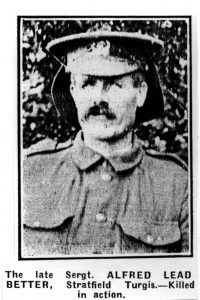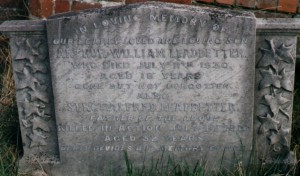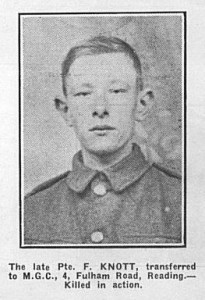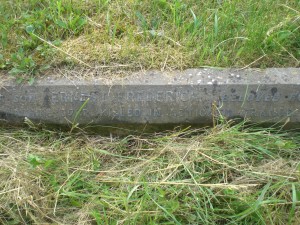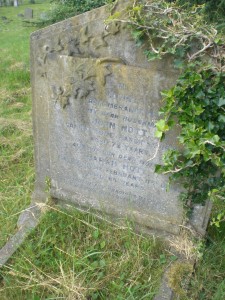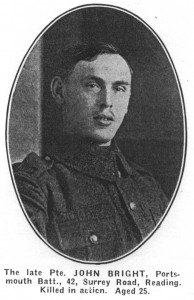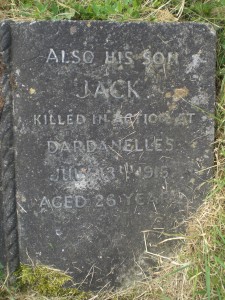John Bright
Private PO/658 (S)
Portsmouth Battalion Royal Marine Light Infantry
Division 11
John Bright is commemorated on a small “Book” memorial, together with his father and mother. The grave number is 9389 and the Berkshire Family History Society classification 11____. He was the second son and his parents Samuel and Emily Bright lived at 60, Elgar Road. He had two younger sisters. Private Bright enlisted in October 1914; prior to the war he had been employed by S. & E. Collier as a Burner, his father was a foreman at the brickworks. He was educated at Katesgrove and Central Schools. Known as Jack, he was well known in the local swimming world and won, two years in succession, the Palmer Challenge Cup, open to those who attending local elementary schools. He was married at Christmas 1914.
Jack had been in the Dardanelles since February 1915 and had been shot in the arm on the 3rd May, but recovered quickly and went back into line. Various ages are given in the sources researched. He was about 26 and due to have a birthday in November. It was several weeks before he was officially confirmed as killed in action. He was originally posted as missing on July 13th 1915. Inquiries were made by his parents and wife which eventually yielded the information that he had been killed in action. The exact circumstances of his death follow.
The Standard of 19th November 1915 published a letter from Lady Agnes Peel, Honorary Secretary of the Royal Naval Inquiry Bureau, Alexandria. Writing to his wife Mrs. Bright nee Hart, of 42, Surrey Road, Reading the letter was as follows:
“I deeply regret to inform you that the following account was given to one of our visitors in hospital of the action of July 13th, in which your husband, John Bright, P.O./S. 658, Portsmouth Battalion, was reported missing: By Private Wain, of the same battalion. Wain said that on 13th July he and Bright were lying down in the open preparatory to an advance. Bright was the fourth man on Wain’s left. Bright received a shrapnel wound in the back which killed him instantly. The Portsmouth Battalion retired temporarily from the spot, but re-occupied it in a few hours. Bright was buried by the pioneers. As you will understand, this is not official information, and it may be some time before it is officially reported. But there is, I am afraid, no reason to doubt the truth of Private Wain’s statement. I thought it better to tell you of it. Please accept sincere sympathy in your great trouble.”
The torturous Dardanelles campaign was a war of attrition that took place in phenomenal heat and was accompanied by plagues of flies. The aim being to break the will of the defenders or throw the invaders off the peninsula. Eventually, after the loss of over 100,000 men including those from Australian and New Zealand, the Gallipoli peninsular was successfully evacuated during December and the early days of January 1916. The withdrawal was as silent as it was secretive, only a handful of men manned the trenches to maintain the appearance that all was as it had been. Success was measured by the fact that only two men were injured during the withdrawal.
Having no known grave, Private Bright is commemorated on the Helles Memorial, Turkey. Panel 2-7.
